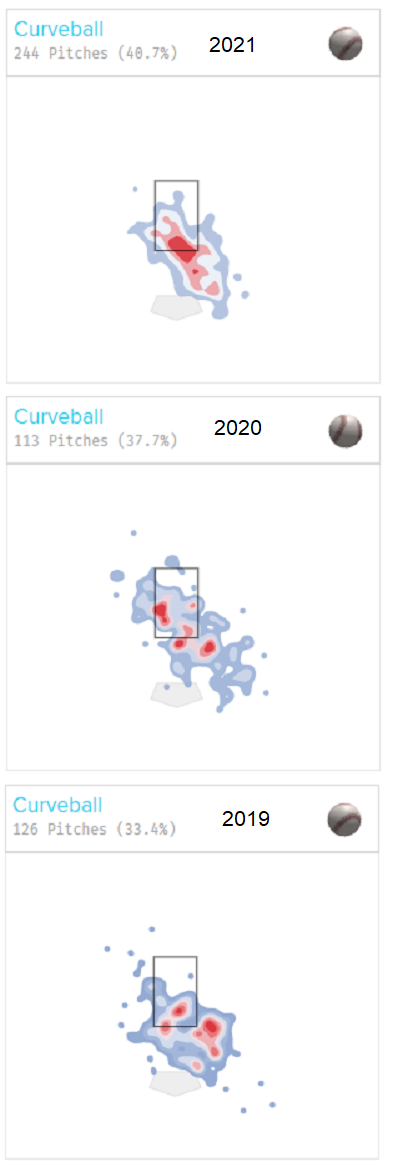The Oakland A’s continued their successful quest to be deadline buyers despite not having a great farm system by acquiring Josh Harrison and Yan Gomes from the Washington Nationals in exchange for three prospects, the best of whom is ultra-athletic catcher Drew Millas.
Gomes, who’s slashing .271/.323/.454 this year (in line with his career norms), fortifies an A’s catching situation that got thin when the club dealt away Jonah Heim for Elvis Andrus in the offseason. Gomes crushes lefties and should get the occasional extra start against them in place of Sean Murphy as a result, but he’s a huge upgrade over incumbent backup Aramis Garcia, whose approach (a 1% walk rate!) has been a significant impediment to any kind of offensive output. Gomes also has a great arm and has had the lowest average pop time in the majors every year since 2015 according to Baseball Savant (scroll all the way to the bottom). But he isn’t a great receiver and sometimes drew the visible ire of his pitchers (especially Max Scherzer) while in Washington.
At age 34, former All-Star Josh Harrison is also having a strong 2021 campaign. Like Gomes, he’s also clubbing lefties, to the tune of a .308/.407/.474 line. And the short-levered Harrison has once again been difficult to beat with fastballs this year. After his Swinging Strike rate against heaters had climbed for nearly a half decade, he’s halved it this year, returning to what it was in Harrison’s prime. Mike Rizzo & co. did a fine job plucking veteran bats out of the bargain bin to keep their window of contention alive until the very end.
Harrison pairs nicely with Tony Kemp in a left/right, mix-and-match 2B/3B/OF role on a roster that was very left-handed heavy entering the deadline. He’s poised to play the role a healthy Chad Pinder would theoretically play, albeit with a more stable feel for contact. And while the the value of these things is obviously subjective, Gomes has deep postseason experience, while Harrison is probably really hungry for some after spending most of his career in Pittsburgh.
The Nationals get back a trio of prospects in catcher Drew Millas and right-handed pitchers Richard Guasch and Seth Shuman. Millas is the only of the three who ranked in the main section of the A’s prospect list upon publication, and has been a personal favorite of mine since he was at Missouri State. He’s an athletic catch-and-throw guy with terrific lateral agility and hands. He also has a pretty looking swing and his athleticism is evident in the batter’s box, with his cut geared more for low-ball contact from both sides. There’s not likely to be impact power here, but Millas has a pretty good mix of patience and feel for contact, especially for a catcher. He’s a high-probability backup with some traits — the switch-hitting, the early-career peripherals, the visual evaluation of his athleticism and frame, both of which are rare for the position — that make me want to round up and indicate that there’s more upside here (hence his 40+ FV grade). He ranks 13th on the Nationals growing prospect list at the time I’m writing this, though that might change due to other deals trickling in. The FV is the important thing, though.
As far as Shuman and Guasch are concerned, neither will be added onto the list but both are fair prospects. Shuman, who is 23 and at High-A, is a pitchability righty up to 94, with command of four serviceable pitches. He’s carving up A-ball because of his competency more than stuff. He lacks a real knockout pitch but could be a fifth starter, and is high-probability upper level rotation depth if nothing else. I’ve seen Guasch up to 96 with an average slider in what is a pure relief look. Both are the sort of prospects who gets mentioned at the tail end of an organizational list right now, with FV ceilings in the 40 (Shuman, as a fifth starter) and 35+ (Guasch, as an up/down reliever) tier based on their current reports.

